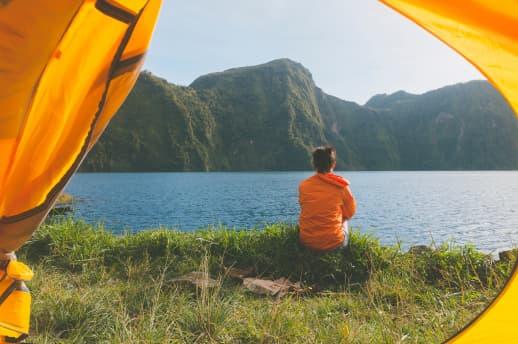Welcome Spring
Cost: Free
About
With its lush riparian ecosystem and dramatic topography of limestone cliffs and caves, this scenic area offers world-class climbing opportunities year-round.
Motorized travel is restricted to designated roads and designated road areas within the BDWNCA
The popularity of rock climbing in southwest Utah is growing at a phenomenal pace. That popularity brings a corresponding increase in impacts to natural resources. The St. George Field Office requests that climbers practice “minimal impact” climbing and camping to protect fragile resources. When considering the development of new crags, please contact one of the BLM’s Outdoor Recreation Planners. They can alert you to potential issues like land ownership, sensitive species, and archaeological resources. Remember, your freedom to climb depends on you. The minimal impact techniques listed below are advocated by the The Access Fund and have been adopted by the St. George Field Office as the standard for ethical climbing on public lands.
Archaeological Sites • Do not climb near any site that could be historic, archaeological or paleontological in nature. These sites are protected by law. • Examine, but do not disturb ancient or historic structures, archaeological artifacts, rock art, and fossils. These include, but are not limited to, Native American sacred sites, archaeological sites, petroglyphs and pictographs, ancient or historic carved steps or ladders, fossils and dinosaur tracks, ancient or historic trails, historic mining areas, structures and developed springs. • If you witness vandalism of archaeological, historic or paleontological sites, please report it immediately by contacting the BLM St. George Field Office at (435) 688-3200. Climber Access Trails • Travel on durable surfaces such as rock, gravel and sand. • Whenever possible, use established trails. • Limit trail widening, vegetation trampling and social trail proliferation • Avoid trampling cryptobiotic crust. • Always carry, never drag, your bouldering crashpad. Dispose of Waste Properly • Do not urinate on vegetation or in rock cracks. Choose soil or sand. • In heavily used areas, pack out all solid human waste, toilet paper and hygiene products in onetime-use waste bags. Burying human waste can result in unsightly and unsanitary conditions for other climbers. When packing it out is not an option, deposit solid human waste in a 6 - 8 inch deep hole at least 200 feet from water, trails, campsites, or the base of a crag.
Fixed Anchors • Use removable protection whenever possible • When fixed anchors are necessary, use matte colors that match the rocks. Litter • Pack out all trash, and remove trash left by others Noise • Although vocal communication is part of the climber’s safety system, climbers should keep noise to a minimum whenever possible
Parking • Stay on existing roads • Do not park off the roadway on vegetation • Do not block traffic Pets • Keep pets on leashes or under physical control at all times • Prevent pets from harassing wildlife • Control barking • Pack out pet waste. Reducing Visual Impacts • Do not chip, chisel, glue, graffiti, or otherwise degrade or deface the rock • Do not start warming fires at the base of a climb; this defaces the rock and may cause wildfires • Use a chalk bag and keep it closed to you to prevent spills • If possible, use a chalk color that is compatible with local rocks. • Remove chalk residue when rappelling or being lowered from top-roped routes
